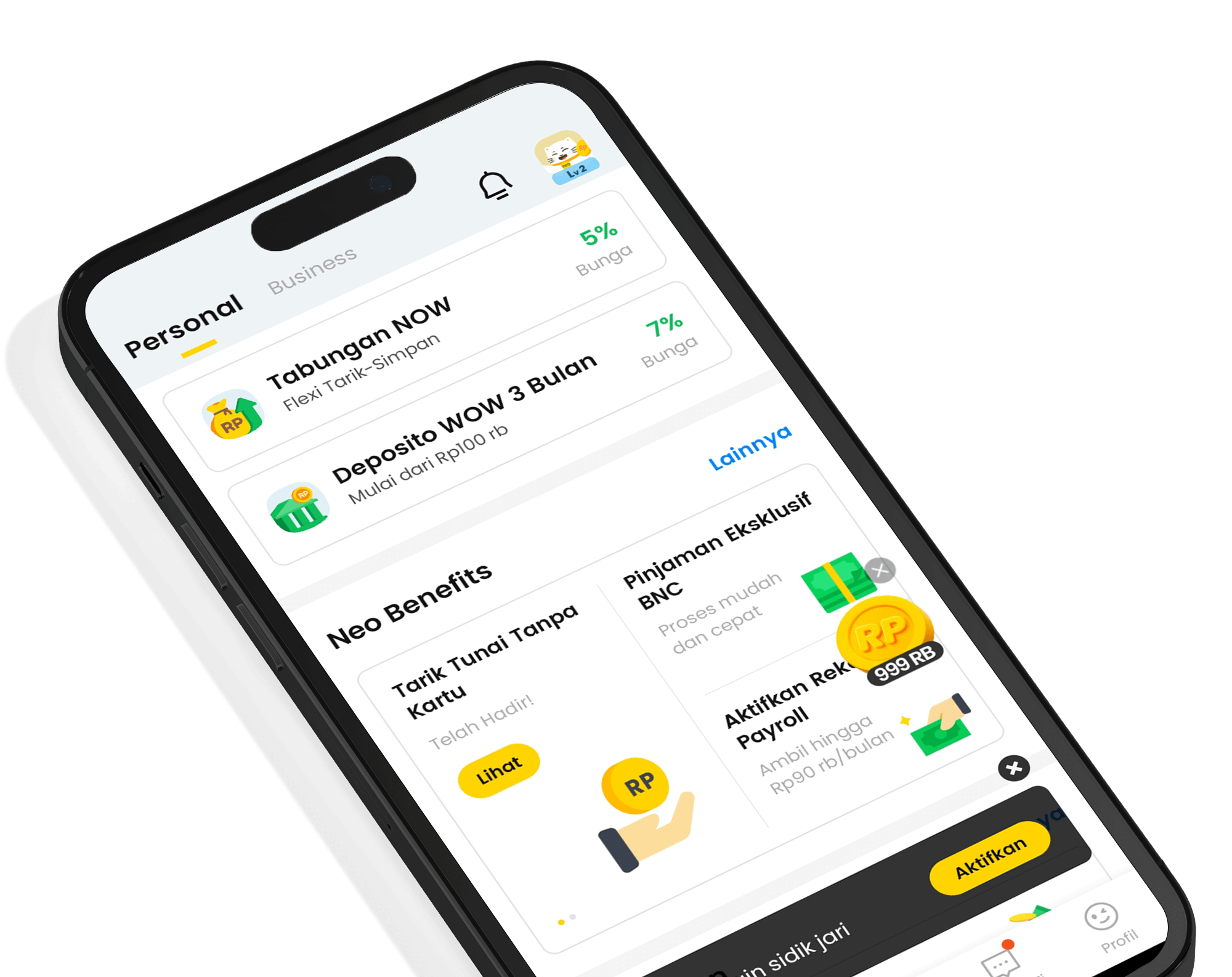.jpg)
When planning to start a family, the focus should be more than just the wedding celebration. Important considerations include building a home and preparing for children's needs.
Ideally, preparing a home before marriage allows a couple to shift their focus towards saving for pregnancy costs and future educational expenses after marriage.
What is an Education Fund?
An education fund is a sum of money saved in preparation for a child’s school expenses. Every parent wants the best for their child, and education is a vital part of that.
Over time, education costs continue to rise—especially if you choose private schools with international curricula, which can be quite expensive. Even though the government currently offers educational aid programs, it’s still important to begin preparing your child’s education fund as early as possible.
Strategies for Preparing an Education Fund for Young Families
Education costs are no small matter, and preparing for them takes time. When planning your child’s education fund, consider the following strategies:
1. Start now and be consistent
Don't wait until your child is school-ready to start saving for education. The earlier, the better. Education cost inflation is significant. Over time, school fees increase. According to Statistics Indonesia (BPS), education inflation is around 3.81%. Entrance fees can increase by 10% to 15% per year.
Start setting aside a portion of your monthly or annual income consistently for your child's education fund. This can be done through a special savings account or investment instruments.
2. Assess your financial capability
Calculating your child's education fund begins with understanding your financial ability. Match the type and level of education with what you can realistically afford.
There’s no need to push yourself into expensive schooling just for status. Education is a long-term expense, from elementary school to university—it’s not a one-time payment.
Estimate all possible education costs, including tuition from elementary to high school, college expenses, books, uniforms, supplies, and additional costs like tutoring or extracurricular programs.
Read: Sudden Expenses for Damaged Cars or Motorcycles
3. Invest for the long term
Consider putting the education fund into long-term investments, such as education mutual funds, money market funds, or balanced funds that match your risk profile.
This way, you can benefit from potential investment returns over time until your child finishes college.
4. Choose the type of school
The type of school you choose greatly affects the associated costs. In Indonesia, options include private schools, public schools, Islamic boarding schools, and more. Most public schools in Jakarta are free, making them a practical choice for those on a tight budget.
Avoid international schools if your income is limited. These schools follow foreign curricula and offer excellent facilities—hence the high cost.
Some international schools in Jakarta charge up to IDR 100 million (around $6,300 USD) per year for kindergarten. However, more affordable options are available at regular schools, with initial fees under IDR 5 million and monthly tuition under IDR 500,000.
Read: Borrowing Wisely: Is It Allowed to Buy Your Dream Gadget Using a Loan?
5. Get education insurance
Don't rely solely on government education assistance. It’s a good idea to find more secure and guaranteed solutions. Insurance can protect your child’s education fund from unexpected risks like job loss, death, and more. It also helps you stay committed, since you’ll need to pay monthly premiums. Choose insurance that fits your needs.
6. Open a dedicated education savings account
Once you've estimated the cost of your child's education, you and your partner should start saving. Allocate a portion of your income to a dedicated education savings account. Keep this account separate from your regular savings.
Some banks offer special savings products designed for education funding. These are usually time-deposit savings accounts, where withdrawals are allowed only at specific times. Benefits include higher interest rates and possible insurance protection.
7. Teach your child financial literacy
In addition to saving money, it's important to teach your child about financial management and the value of education. This helps them appreciate the opportunities they receive.
Regularly monitor and evaluate the progress of your education fund. Adjust your financial strategy based on changing needs and situations. With careful planning and execution, you can provide adequate financial support for your child’s education without compromising your family's financial stability.
However, challenges may arise during preparation. You might end up using the saved money or find that your savings fall short of the actual costs. That's why having an emergency backup plan is essential.
Consider applying for a loan if needed. You can apply for an education loan through Neo Loan from neobank.
Download the neobank app on PlayStore or App Store and apply for an education loan via Neo Loan to prepare for your child’s schooling.
For complete information and terms & conditions regarding Neo Loan, visit the link https://s.id/webneoloan & if you want to apply for Neo Loan, click the link https://s.id/neoloan
***
PT Bank Neo Commerce Tbk is licensed and supervised by the Indonesia Financial Service Authority (OJK) and Bank Indonesia (BI), and an insured member of Deposit Insurance Corporation (LPS).


